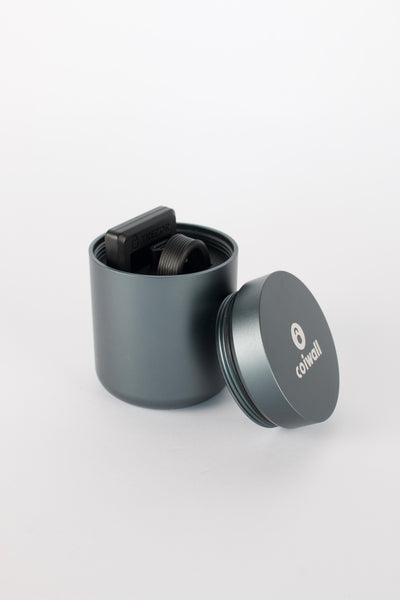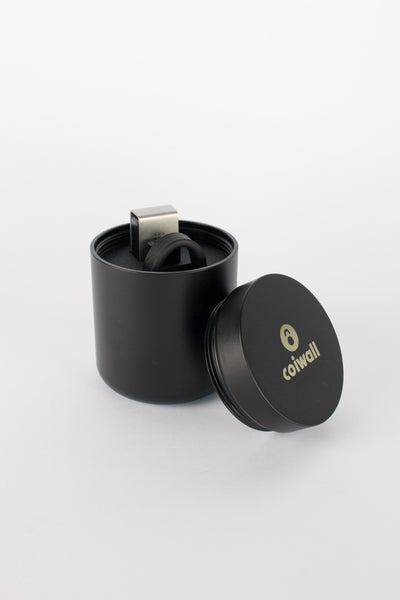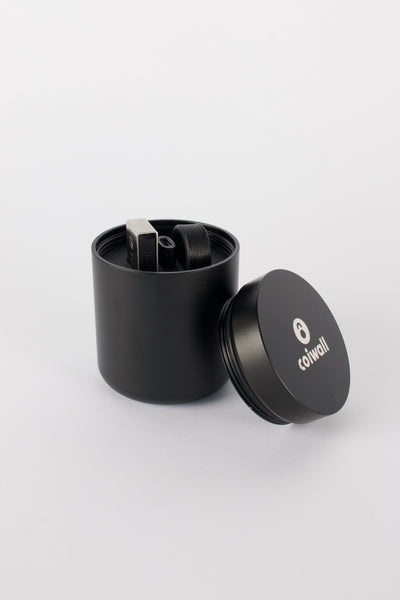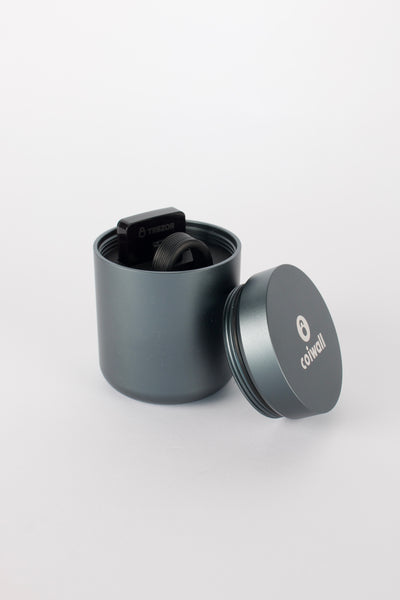Picture this: you're sipping coffee, scrolling your favorite finance app, and you spot another headline about ETPs. Maybe it's tied to gold, maybe it's about some cryptocurrency token, or perhaps a new commodity offering. But what exactly are these exchange-traded products, and why does everyone seem to have an opinion about them? Let’s take a stroll through the fascinating world of ETPs—and, just for fun, let's see how crypto's changing the game.
First off: What Are ETPs, Really?
Exchange-traded products, or ETPs for short, are like those versatile gadgets in your kitchen—they do a little bit of everything. Essentially, an ETP is a financial instrument you can buy and sell on the stock exchange, just like a regular share. But instead of owning a slice of a single company, you’re typically getting exposure to the performance of an underlying asset or group of assets. That asset could be gold, stocks from emerging markets, the current value of the S&P 500, or nowadays, a basket of cryptocurrencies. Even a seasoned investor can occasionally stop and say, “Wait—what’s actually inside this thing?”
Cutting Through the Alphabet Soup: Types of ETPs
You know how, in finance, acronyms tend to pile up like receipts in an old wallet? ETPs are no different. Here’s the short and sweet:
- ETFs (Exchange-Traded Funds): The rockstars. ETFs are the most common ETPs, tracking everything from tech stocks to real estate, and now—yes—cryptocurrencies.
- ETNs (Exchange-Traded Notes): Think of ETNs as IOUs from a bank. They track an index or asset, but you’re ultimately depending on the issuer to pay up.
- ETCs (Exchange-Traded Commodities): These focus specifically on commodities like gold, oil, or even—believe it or not—cows (okay, livestock futures, technically).
Why all the acronyms? Honestly, the variety means more options—and more ways to fine-tune your investing strategy. But don’t get bogged down; if you remember ETPs as a big family of traded financial products, you’re ahead of most people at cocktail parties.
How Do ETPs Actually Work?
Let me explain. ETPs are designed to follow whatever you’re interested in—an index, a commodity, or a single asset—by pooling funds from many investors. They’re typically “passive.” That means most are just trying to mimic, not beat, the market or whatever they’re tracking. And here’s the kicker: they’re traded all day during market hours. If you want to buy at noon and sell by three, you can.
This intraday liquidity puts ETPs a step ahead of traditional mutual funds, which lock in prices only once at the end of a trading day. Makes you wonder, right? Why wait for the bell when you can have the freedom to move with the markets?
Why Are Fees Lower? Or, The Secret Sauce of ETPs
One word: automation. Old-school funds rely on teams of analysts and portfolio managers making frequent buying and selling decisions. ETPs, being mostly passive, keep those costs down. You might ask, “Does that mean they’re boring?” Not at all. Their strength lies in transparency and cost-effectiveness. After all, who wouldn’t want to keep more of what they earn?
Here Comes Crypto: The New Frontier of ETPs
Remember when crypto was just a hobby for computer geeks in dark basements? Fast forward a few years, and you’ve got Bitcoin ETPs trading on major European exchanges and making headlines globally. The arrival of cryptocurrency ETPs brought Wall Street curiosity and everyday investor access to blockchain-based assets—without needing a crypto wallet, a Trezor, or a Ledger device (though, for hardcore holders, those hardware wallets are still gold).
Suddenly, you could get crypto exposure in your regular brokerage account, just like buying a share of Apple. This shift didn’t just broaden access; it paved the way for traditional finance folks to finally dip toes into digital assets without feeling too far from home.
Why Do People Care? Transparency, Diversification, and Convenience
Let’s be honest, nobody wants to get burned by hidden fees or mysterious black-box investments. With ETPs, pricing and holdings are visible and updated throughout the day. The variety is staggering: You can pick ETPs covering everything from emerging market bonds to rare metals or even a handful tailored to sustainability and ESG criteria.
And if you’re the anxious type—preferring not to put all your eggs in one basket—ETPs offer built-in diversification. Buy one product, hold a slice of an entire market or sector. It’s like eating a buffet instead of betting on a single dish. Suddenly, investing doesn’t seem so nerve-wracking.
Is There a Catch? Sure, Sometimes
Let’s not sugarcoat it. ETPs aren’t risk-free. For instance, leveraged or inverse ETPs promise outsized returns (or losses) in short periods—imagine a financial rollercoaster designed for thrill-seekers. And with ETNs, that bank you trust could default (it happens, but rarely). Crypto ETPs come with their own baggage: volatility and a regulatory landscape changing faster than fashion trends in Milan.
A Few Fun Facts—And a Glance at the Trends
- Global reach: In 2024, ETPs are booming, with products offering exposure to everything from uranium mines to AI-powered innovation funds.
- Crypto spotlight: Every month seems to bring a new crypto ETP launch, with top exchanges listing Bitcoin and Ethereum-tracking products. Retail demand and institutional interest are both heating up.
- Green investing: ESG and socially responsible ETPs are taking center stage, especially among Gen Z investors. The new crowd expects profits with a purpose.
For crypto enthusiasts, this means you might see names like Trezor or Ledger pop up—not just as wallet providers, but as part of the infrastructure behind some ETP offerings or secure custody solutions.
Closing Thoughts: ETPs in the Wild
So, the next time ETPs pop up in your news feed, you’ll know: they’re financial chameleons, offering access to a world of assets in a slick, tradable package. Whether you’re a cautious planner or a curious risk-taker, there’s probably an ETP that fits your worldview. And with crypto shaking up the landscape, even the veterans are paying attention. Who knows? Maybe that next ETP headline will be the one that changes your portfolio—and your perspective.
Until then, keep questioning, stay curious, and remember—sometimes the best tool is the one that quietly gets the job done.











